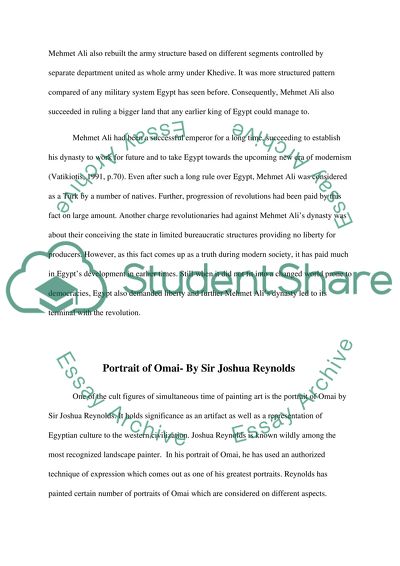Cite this document
(“Significance of Mehmet Ali Essay Example | Topics and Well Written Essays - 2500 words”, n.d.)
Retrieved from https://studentshare.org/history/1421519-egypt-s-powerful-influence
Retrieved from https://studentshare.org/history/1421519-egypt-s-powerful-influence
(Significance of Mehmet Ali Essay Example | Topics and Well Written Essays - 2500 Words)
https://studentshare.org/history/1421519-egypt-s-powerful-influence.
https://studentshare.org/history/1421519-egypt-s-powerful-influence.
“Significance of Mehmet Ali Essay Example | Topics and Well Written Essays - 2500 Words”, n.d. https://studentshare.org/history/1421519-egypt-s-powerful-influence.


